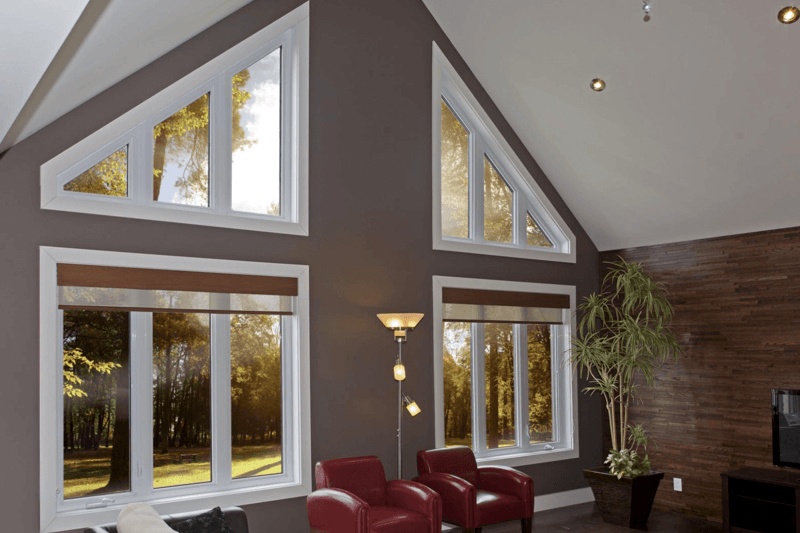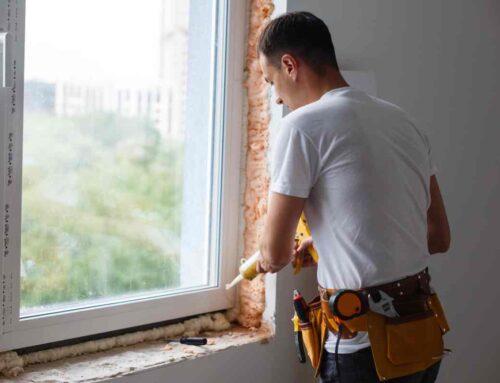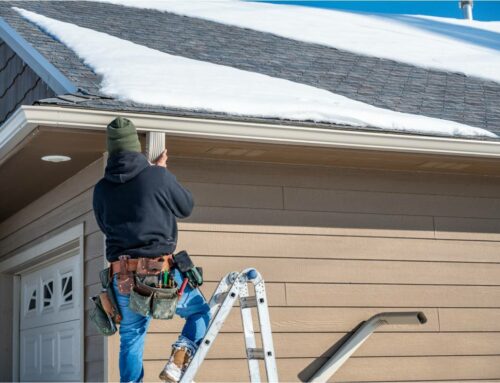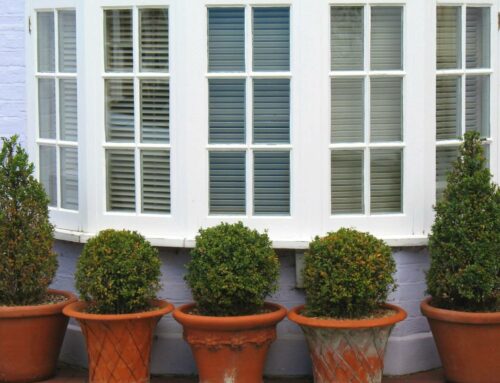As spring ends and summer begins, you might start worrying about your energy bill. While your heat expenses can be astronomical in the dead of winter, the same is true of your cooling costs at the peak of summer. In the past, you might have tried the approach of just sweating it out—or living in your pool or bathtub. However, you should not have to suffer when there are steps you can take to improve your home’s energy efficiency. If you have eliminated any drafts and gaps that let the summer heat in, the next step is to take a look at your windows. Not all windows are created equal. To figure out how efficient your windows are, follow these tips from Gilkey Exterior Solutions on evaluating the energy efficiency of windows.
Hey, You! Check your u-factor.
When it comes to evaluating the energy efficiency of windows, the first step is checking your u-factor. If you are not well versed in the different types of glass, this terminology probably sounds like a foreign language. Once you know the terminology, however, you can quickly evaluate a window’s specifications. First, the u-factor is simply a measurement for how efficient your windows are at managing the heat in your home. The higher the number, the more heat will move through the windows. When you live in a varying climate, finding the right balance can be a little tricky. If you find that the rest of your home is a little less insulated, you might choose windows with a lower u-factor so that some heat will be kept in your home.
Does the sun heat your home?
The next step of evaluating the energy efficiency of windows is knowing how much the sun heats up your home. That is what the Solar Heat Gain Coefficient (SHGC) number represents. The lower the SHGC is, the less heat the window allows in from the sun. When you are trying to determine your ideal SHGC, you’ll want to look at both the cooling and heating costs for your home. If you tend to spend more on heating your home, a higher SHGC can help add extra warmth in your home during the winter. On the other hand, if your cooling costs are more significant, a lower SHGC will lessen the heat entering your home.
Enjoying natural light
Last but not least, the next step of evaluating energy efficiency of windows is determining the VT. Ultimately, you want windows in your home so that you can enjoy natural light and views. The Visible Transmittance (VT) actually measures the amount of visible light that flows through a window. That means if you want to maximize the daylight in your home, you will want a window with a high VT.
Conclusion
When you are evaluating a certain window or glass type is best for your home, you will want to weigh these three factors. Typically, most people will opt for a lower u-factor—a good one is less than 0.30. Choosing the SHGC is a little more nuanced and relies on your climate. In Kentucky, the summers are rather hot and humid while the winters can be frigid, so your existing heating and cooling costs can help with your decision. Once you have found options that meet your needs, you can consider your preferred VT.
Located in Lexington, our experts at Gilkey Exterior Solutions have the knowledge to help you find the right energy efficient windows for your Central Kentucky home. Contact us today to schedule a consultation.






